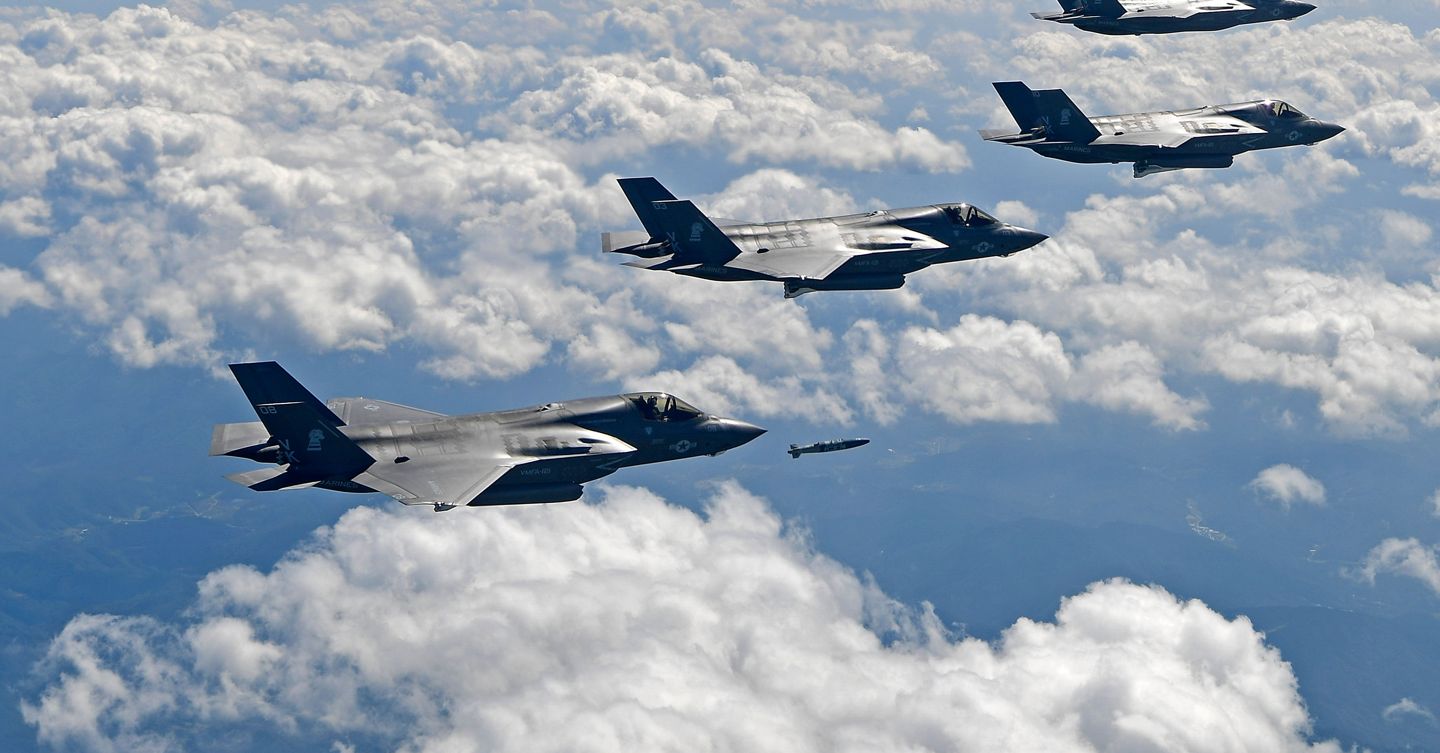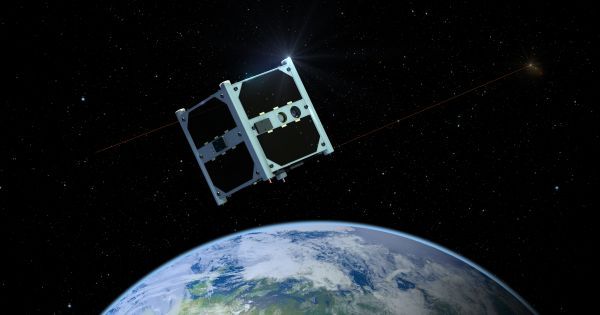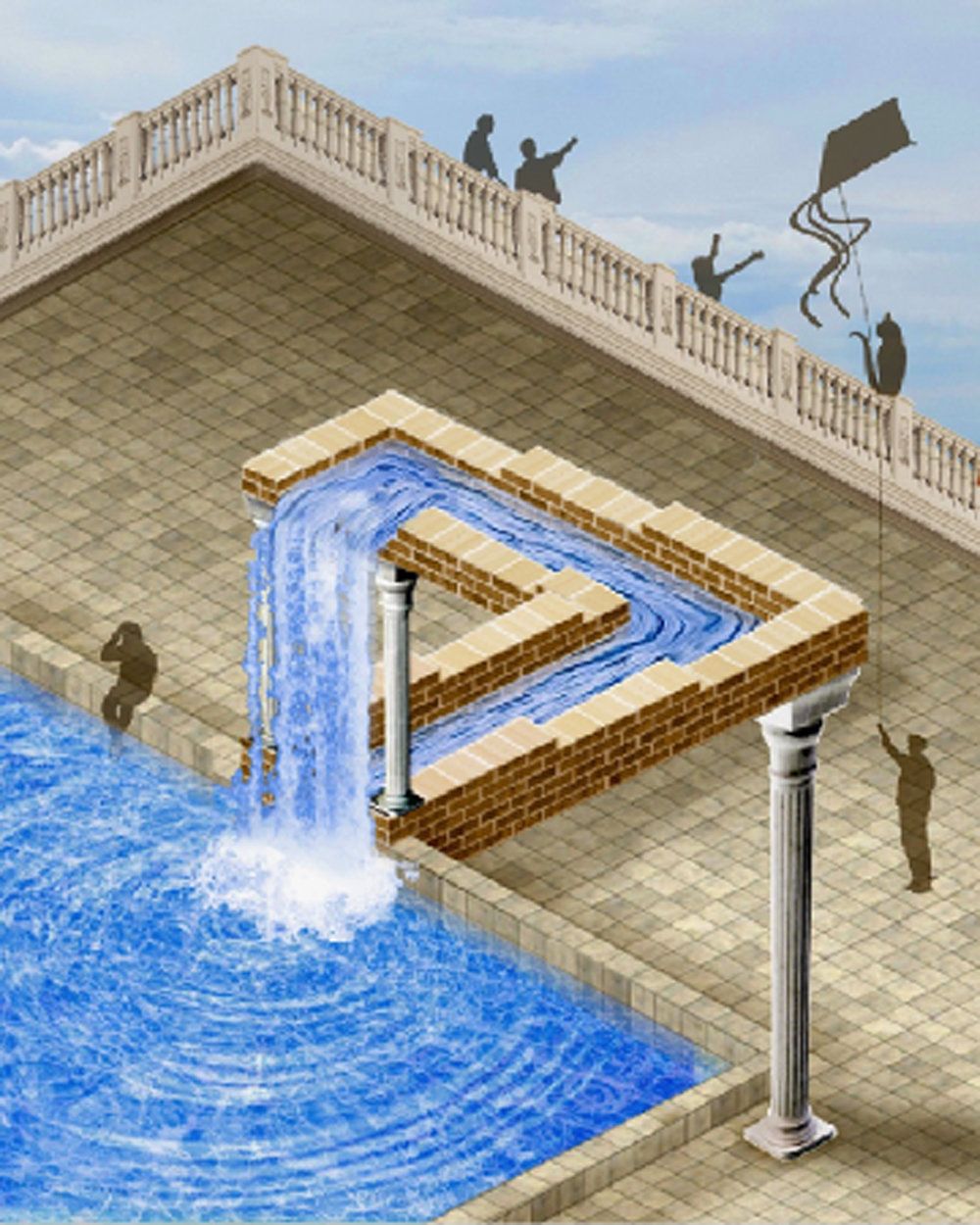Neuron. 2017 Oct 11;96:285–297. doi: 10.1016/j.neuron.2017.07.029.


Nanobots that patrol our bodies, killer immune cells hunting and destroying cancer cells, biological scissors that cut out defective genes: these are just some of technologies that Cambridge researchers are developing which are set to revolutionise medicine in the future.
In a new film to coincide with the recent launch of the Cambridge Academy of Therapeutic Sciences, researchers discuss some of the most exciting developments in medical research and set out their vision for the next 50 years.



The future of military success will now be owned by those who conceive, design, build and operate combinations of information-based technologies to deliver new combat power. Caution, bureaucratic inertia, vested interest and institutional preference for evolution won’t work: this will only leave room for competitors to steal decisive advantage in the most challenging of competitions on Earth.
Unless the private and public sectors start sharing ideas, the UK will be left behind in the new arms race says former Joint Forces Command chief Richard Barrons.


Sending satellites into space is going to continue to get cheaper since SpaceX proved it could reliably launch refurbished rockets. This is going to open up space exploration to more entities allowing for the continued democratization of space. Other technological advances could make a global space centered sharing economy a real possibility.
The rise of the internet and the ubiquity of mobile computing devices have changed everything from travel and shopping to politics – think Uber, Amazon, and Twitter.
There are a list of thousands of vehicles that have been tweaked for speed, riveting performance and exhilarating power that’s built and tested to be taken to extremes.
Due to the increasing number of millionaires and their treasured toys, this was definitely a wake up call for the police forces to step their game up and to put a counter measure leverage system into place by upgrading their state vehicles so that they aren’t easily intimidated or outrun by the reckless speedsters on the move. We are to take a look at 10 of the best Police Cars in the world.
Nissan Skyline GTR Good ol’ Japan can be give an award for their ability to swiftly develop and adapt to ever-changing times and situations and we can gladly take out hats off for the National Japanese Law Enforcement We immediately see a lot of scope when it comes to a masculine defining car such as the Nissan skyline which is commonly known for its racing abilities as made famous in “The Fast And Furious” Movie as well.

In a classical thermodynamic system, heat current flows from the hotter body to the colder one, or electricity from the higher voltage to the lower one. The same thing happens in quantum systems, but this state can be changed, and the flow of energy and particles can be reversed if a quantum observer is inserted into the system.
This is the main result obtained by the group led by Professor Ángel Rubio of the UPV/EHU and of the Max Planck Institute PMSD, together with collaborators at the BCCMS centre in Bremen. Their study has been published in npj Quantum Materials.
In macroscopic objects such as a current of water, observing the current does not affect the flow of the water and, in accordance with the laws of classical thermodynamics, this flow would take place from the upper to the lower part of the system. However, in quantum systems, “the process of observation changes the state of the system, and this makes it more likely that the current will be made to flow in one direction or another,” says Ángel Rubio, a professor with the Hamburg-based Max Planck Institute for the Structure and Dynamics of Matter.